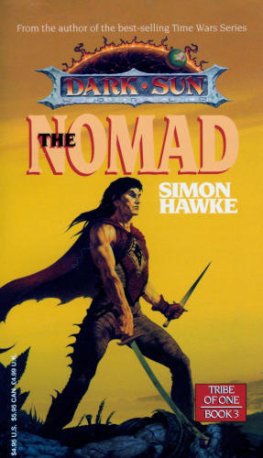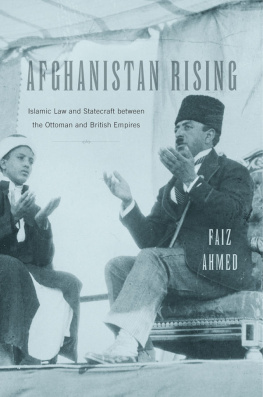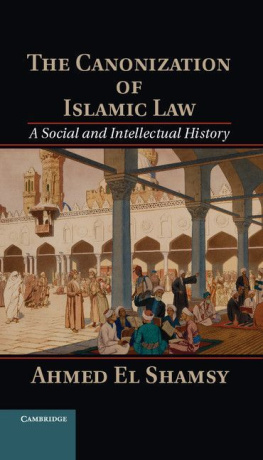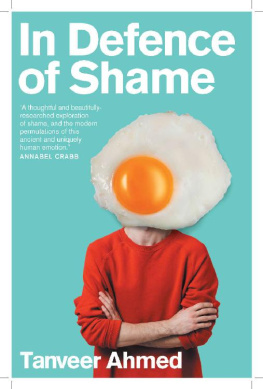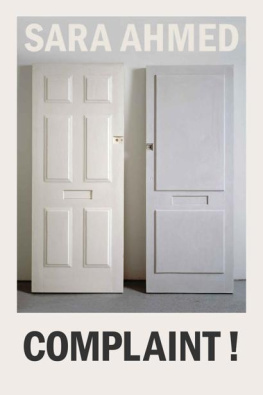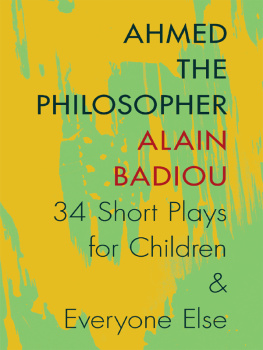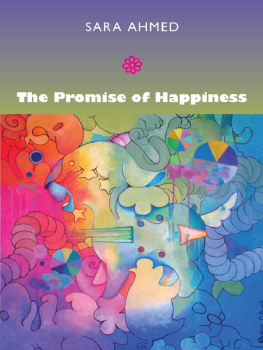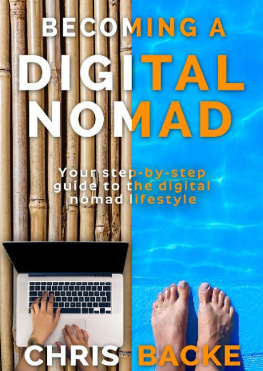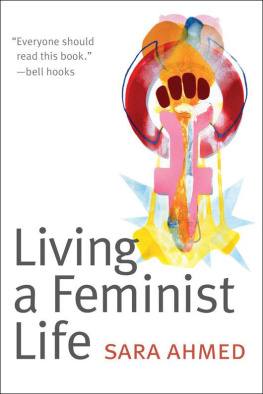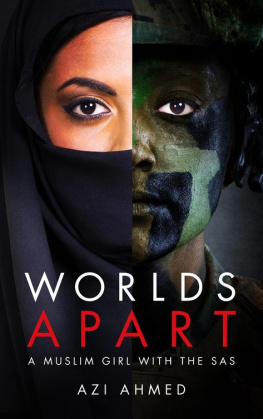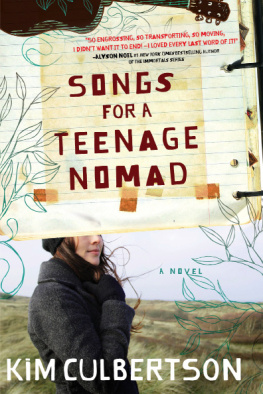Ahmed Kemil - a Nomad in Two Worlds
Here you can read online Ahmed Kemil - a Nomad in Two Worlds full text of the book (entire story) in english for free. Download pdf and epub, get meaning, cover and reviews about this ebook. year: 2013, publisher: Turmaline LLC, genre: Non-fiction. Description of the work, (preface) as well as reviews are available. Best literature library LitArk.com created for fans of good reading and offers a wide selection of genres:
Romance novel
Science fiction
Adventure
Detective
Science
History
Home and family
Prose
Art
Politics
Computer
Non-fiction
Religion
Business
Children
Humor
Choose a favorite category and find really read worthwhile books. Enjoy immersion in the world of imagination, feel the emotions of the characters or learn something new for yourself, make an fascinating discovery.

- Book:a Nomad in Two Worlds
- Author:
- Publisher:Turmaline LLC
- Genre:
- Year:2013
- Rating:5 / 5
- Favourites:Add to favourites
- Your mark:
- 100
- 1
- 2
- 3
- 4
- 5
a Nomad in Two Worlds: summary, description and annotation
We offer to read an annotation, description, summary or preface (depends on what the author of the book "a Nomad in Two Worlds" wrote himself). If you haven't found the necessary information about the book — write in the comments, we will try to find it.
a Nomad in Two Worlds — read online for free the complete book (whole text) full work
Below is the text of the book, divided by pages. System saving the place of the last page read, allows you to conveniently read the book "a Nomad in Two Worlds" online for free, without having to search again every time where you left off. Put a bookmark, and you can go to the page where you finished reading at any time.
Font size:
Interval:
Bookmark:

by
Ahmed Kemil
Mary Fallon
Doug Fallon
photographs courtesy Ahmed Kemil and Turmaline LLC
copyright 2013
all rights reserved
ISBN 978-0-9836160-8-5
www.ahabooks.com
Mary and I first met Ahmed Kemil in 2009 when he enrolled in summer school at Brewster Academy in Wolfeboro, New Hampshire. The director of a non-governmental organization, Rain for the Sahel and Sahara, had approached us on behalf of a young man she was bringing to Boston for some medical services that were not available in Niger. This organization partners with underserved rural and nomadic desert peoples of West Africa to help them realize their aspirations for education and durable livelihoods. Because the process was to take place over the course of a summer, she asked if an arrangement could be made to provide him classes in English as a second language during his stay in the United States.
Ahmed is a Tuareg, one of the nomadic people of the Sahara in Niger, Africa. His story was compelling for many reasons and we felt the American and international students in our program might benefit from learning about his nomadic Muslim background. Perhaps Ahmed could be an ambassador of good will and give the other students another perspective.
He did, indeed, prove to be an excellent "ambassador." Ahmed was universally loved and embraced by everyone at the school: students, staff and faculty alike. At the end of the program he received the Faculty award for the best all-around student. It was the first time the faculty vote had been unanimous. No other student was even nominated that year.
As part of the program, each student at the Academy was provided a loaner laptop with Internet access. Ahmed, who hadnt even used electricity in the Sahara, was able to quickly blossom into a savvy IT consumer. Consequently, we were able to easily stay in touch with him after he returned to Niger. We followed his progress as he left his mother and siblings and lived in the capitol city, Niamey, to attend and eventually graduate from high school. There, he was able to use internet cafes to stay connected and hone his computer skills. At the time, we considered this a convenience that was allowing communication that, otherwise, would have been difficult at best. But Ahmed was beginning to move inexorably into the second of two worlds.
Very few Tuaregs get a formal education. They are hard-working people, but most of the time they opt to stay in the desert, living as pastoralists, attending to their animals and moving frequently to find water and pastureland. Ahmed was different. He saw that uranium mining, modern development and the southward advance of the Sahara (several miles per year on average) had an effect on the water supply and pastureland that increasingly threatened the Tuaregs nomadic life. Their traditional territory was being squeezed on several fronts. Without water and pasture for themselves and their animals, his people either would not survive or would be forced into the cities of the second poorest country in the world. Ahmed thought that an education might allow him to help his people to be able to maintain their livelihoods and ancient lifestyle.
How could a nomad with no money, from a country that is so poor that 60% of its money comes from foreign aid, hope to advance his education and achieve a position of sufficient influence to be able to help his people? Mary and I, wanting to help in a worthy cause, agreed to host him for a year on a travel visa. During his first year in the United States, we felt that we could provide him with competency in reading, writing and fluency in listening and speaking English. As retired educators, we had the necessary skills, along with a rare opportunity to be able to work with him one-on-one. We hoped that his developing a proficiency in English might aid him in somehow realizing his goal of getting a university education in order to return to Niger and be able help his people with water and other projects.
As part of his English instruction Ahmed wrote this book. While this may seem like a lofty goal for an ESL student who had only been in the United States for six months, he has worked hard to accomplish it. He wrote and re-wrote every day. Aided by his natural ability for languages (he speaks five), he has produced what you are about to read.
We didnt begin this process with the idea of actually publishing a book. The plan was to corroborate in a two-step process. First, I would work with Ahmed on grammar, syntax, usage, vocabulary building and colloquialisms. This resulted in many revisions. Afterward, Mary worked with Ahmed on re-writing everything in order to teach him to write with greater clarity. Mary helped Ahmed to describe the details. The prompt we used was simply to ask Ahmed to describe the most surprising differences he was seeing in comparing his experiences in the United States with those in Niger and to illustrate those differences with stories that would personalize those experiences. Because we spend winters in Scottsdale, Arizona, Ahmed was able to experience both the Northeast coast and the Southwest of the United States.
The idea to publish this book came a couple of months into the process. Mary and I began to notice that we were being drawn in more and more to the stories that Ahmed was writing as we learned about life and survival in the Sahara. We had friends and neighbors over to meet Ahmed, view his pictures from home and hear about his stories. It was after one of these gatherings the idea of the book began to evolve. At first, it seemed a far-fetched idea: an ESL student, with limited language experience, publishing a book in English. As we continued to work with Ahmed, however, we realized the piece had passed some basic criteria for a good book: it was interesting, compelling and we were learning from it.
Such an endeavor necessarily required collaboration, but Mary and I attempted to ensure Ahmeds book is a genuine and faithful accounting of his story. It is a story of his memories as a Tuareg youth and of his recent experiences travelling and living in the United States. His observations and insights while here in the United States allowed him to draw comparisons and conclusions from both. Our role was to help in that process by arming him with the tools of English so that he could record his stories and observations. Although Mary helped to frame some of the expressions; the experiences, observations and opinions in the following chapters are Ahmed's.
Doug Fallon
Mary Fallon
a Nomad in Niger

It was during the afternoon. My cousins and I, stood in a dusty stretch of ground in front of the small camels. The valley in which we were herding the camels was a nice area with much grass and a few acacia trees. I was 7 years old and our responsibility in the division of labor within the community was caring for the young camels. We had to keep them separate from their mothers because they would seek out the mothers' milk. In order to get milk for our families we had to separate them for the whole day, or we might starve.
The small camels were calmly feeding on the grass, yet seeking the opportunity to escape from us. We were playing in the dirt, our faces covered with dust, and none of us had shoes. One of my cousins was half naked in his blue pants that were torn apart. The atmosphere was hazy due to the sand kicked up by the goats and ewes that were coming in from the pastureland to go to the tents. From time to time, we had to shoo the small camels back with our chants "hyrric."
Next pageFont size:
Interval:
Bookmark:
Similar books «a Nomad in Two Worlds»
Look at similar books to a Nomad in Two Worlds. We have selected literature similar in name and meaning in the hope of providing readers with more options to find new, interesting, not yet read works.
Discussion, reviews of the book a Nomad in Two Worlds and just readers' own opinions. Leave your comments, write what you think about the work, its meaning or the main characters. Specify what exactly you liked and what you didn't like, and why you think so.

